Among the most common grumbles for homemade wine makers is the dissatisfaction of their wine’s colour and clarity. There is an assumption that any non-red wine should be crystal clear with only the faintest tinge of fruit colour. And it should reach that stage within weeks.
But nature’s alchemy doesn’t always work that way.
Take my elderflower wine, for example. You would think the dainty white blooms would give me a clear, colourless liquid – especially as it was started two months ago. But it’s currently sporting a deep, orange hue which, let’s be honest, looks dirty.
So here we’ll look at likely causes and try out an interesting solution…
Colour
As elderflowers won’t cause orange colouration, the blame lies at the door of the additional fruit used to boost the wine’s body. Specifically, we’re talking raisins. They’re notorious for turning white wines brown. If you’re bothered about colour then sultanas will come out lighter and more golden, while using grape juice is an even better bet.
Cloudiness
There are a few potential causes of cloudy wine. Among these are the use of metal implements in the production process (metal haze), adding starchy ingredients such as potatoes and grains (starch haze), and fruit, which contains various amounts of a chemical known as ‘pectin’ and can create a pectin haze. This time we’ll blame the oranges. Freezing fruit can help break down pectin levels and there are a few manufactured potions available which you can add to your wine to help clarification – with varying degrees of success.
Our solution
The chances are that time will be the best healer, aided with repeated racking off. After a year most wines will lose their murky hazes, although getting rid of the colour is less likely. You’ll also notice that it doesn’t look so bad when poured into bottles and, eventually, glasses. The density of liquid in a demijohn magnifies the grubby effect.
Although I’m happy to leave my wine’s appearance up to nature (it’s the taste the really counts) I’m going to try an easy method that can reduce cloudiness AND colour: eggshells*.
First wash some eggshells and dry them in a hot oven until brittle. Crush and chuck into your demijohn (at a racking stage makes sense). They’ll sink and, over time, will slowly rise and fall in cycles. Something to do with their calcium content will allow them to trap colour particles, depositing them at the bottom of the vessel during the sinking phase and, hopefully, you’ll have a more visually pleasing wine.
* I tried this on an only slightly off-colour rhubarb wine many years ago. It worked. But this wine is a much sterner test…


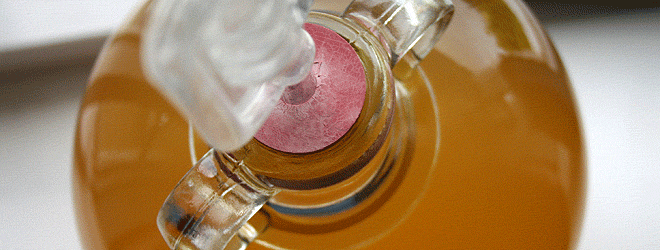
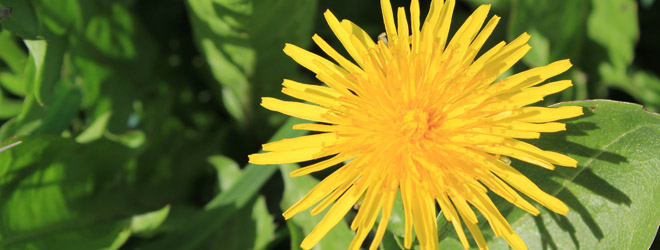
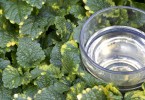
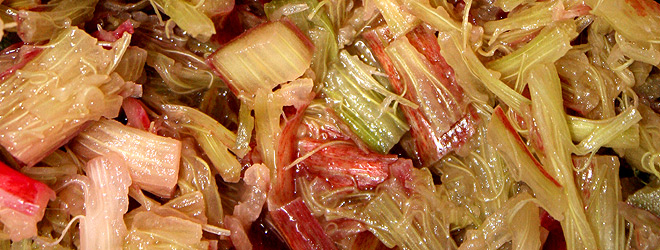
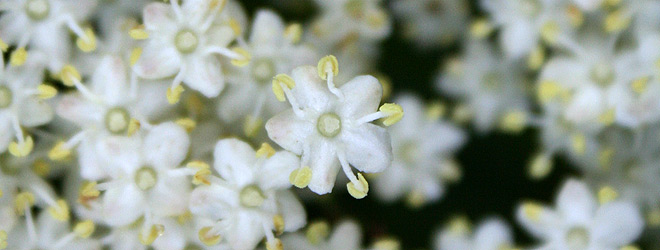
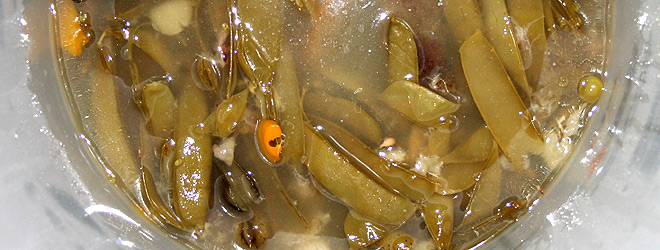
I would like some advice on the subject of cloudy wine.
I have some mead that I started off about a year ago. I have already racked it off once, about 3 months ago. It has a thick layer of sludge at the bottom of the demi john and a thin wispy layer of cloud at the top, but the middle is clear. I have put the demi john outside in the shade, thinking that the cold nights might shock it into dropping. Might give the egg shell a try – thanks for the tip. What about filtering it – I was thinking about coffee filters in a funnel as I don’t have one of those flying saucer things.
Hi Alison. It sounds like you just need to rack it off again into another demijohn (or bottles if it has finished fermenting) and leave the sludge at the bottom behind. If the main bulk of mead is already clear then eggshells / cold shock won’t make any difference. The cloud at the top is less likely to disappear (I would guess it’s a protein haze) but shouldn’t affect the quality. If it tastes ok then get drinking…!
How interesting about egg-shells. I will try that next time I have a murky wine of a ‘drinkable yet not delicious’ flavour (yes, Dandelion, I AM referring to you).